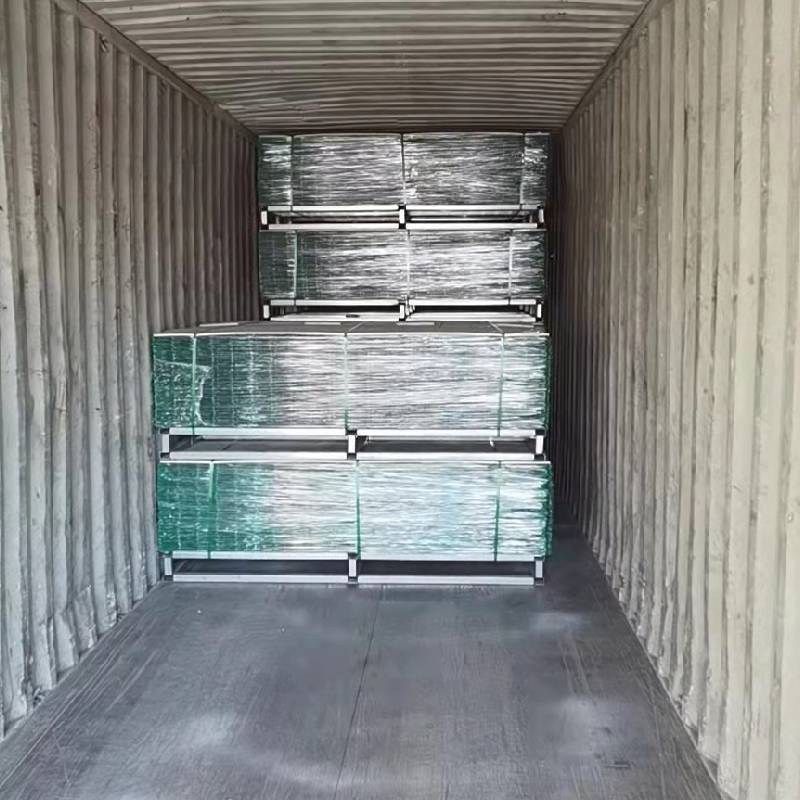
- Mobile Phone
- +8613931874955
- sales@cntcmetal.com
use of wire mesh in concrete
The Use of Wire Mesh in Concrete
Concrete, a versatile building material, is widely used in construction due to its strength and durability. However, to enhance its performance, particularly in tension and to control cracking, wire mesh has become an essential component in various concrete applications. This article explores the significance of wire mesh in concrete, its types, installation methods, and the benefits it provides.
Wire mesh, also known as welded wire reinforcement (WWR), consists of a series of welded steel wires arranged in a grid pattern. This form of reinforcement is typically added to concrete slabs, walls, and pavements to improve structural integrity. The use of wire mesh in concrete serves several crucial functions, primarily to enhance tensile strength. While concrete is strong in compression, it is inherently weak in tension. Incorporating wire mesh helps mitigate this weakness, providing additional support where tensile forces may act.
There are primarily two types of wire mesh used in concrete construction welded wire mesh and welded wire fabric. Welded wire mesh is made of mesh sheets or rolls where the wires are welded at intersections, making it easier to handle and install. On the other hand, welded wire fabric is made from multiple wires arranged in both directions, providing consistent reinforcement throughout. Both types can be selected based on the specific requirements of a project.
use of wire mesh in concrete

The installation of wire mesh in concrete is a straightforward process that contributes to its effectiveness. It is typically placed in the center of the concrete slab or wall before the concrete is poured, ensuring even distribution of stress across the structure. Proper placement is critical; positioning the mesh too close to the surface can lead to rust and reduced effectiveness, while being too deep may not provide the intended reinforcement. Therefore, it is often recommended to adhere to guidelines for optimal placement to ensure maximum bonding between the mesh and concrete.
One of the significant benefits of using wire mesh in concrete is crack control. As concrete cures, it undergoes shrinkage, which can lead to cracking. Wire mesh helps bridge cracks as they develop, providing support to maintain the integrity of the slab or surface. This is particularly important in areas subjected to heavy traffic loads or extreme weather conditions, where the risk of cracking is amplified.
Additionally, wire mesh contributes to the overall durability of concrete structures. The added tensile strength helps resist various forms of damage, including those caused by impact, shifting soil conditions, and freeze-thaw cycles. By enhancing the longevity of concrete structures, wire mesh can lead to substantial cost savings in terms of maintenance and repairs over time.
In conclusion, the use of wire mesh in concrete is a critical practice in modern construction methodologies. By providing enhanced tensile strength, crack control, and overall durability, wire mesh ensures that concrete structures can withstand the demands placed upon them. As construction practices continue to evolve, the implementation of wire mesh will remain a fundamental aspect of achieving robust and reliable concrete solutions.
share:
-
Why Sacrificial Formwork Is Redefining Underground ConstructionNewsJun.06,2025
-
The Structural Dynamics of Modern Concrete: How Snake Spacers Revolutionize Flexible ReinforcementNewsJun.06,2025
-
Snake Spacers Smart-Lock Concrete Reinforcement with Surgical PrecisionNewsJun.06,2025
-
Snake Spacers: Reinforcement Precision for Modern Concrete ProjectsNewsJun.06,2025
-
Snake Spacers Powering Concrete's Structural DNANewsJun.06,2025
-
Slither into Success: Snake Spacers' Precision Bite for Unbreakable ReinforcementNewsJun.06,2025
-
Sacrificial Formwork: Building Stronger, Faster, and Safer StructuresNewsJun.06,2025



















